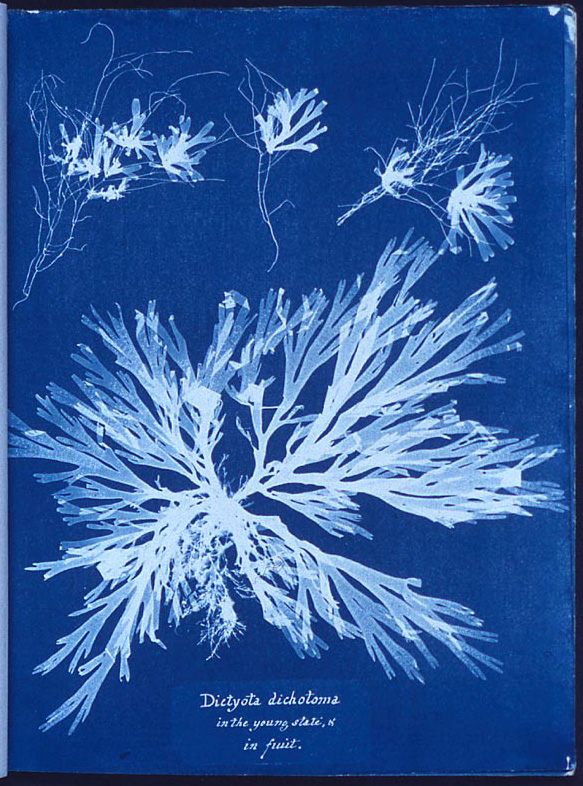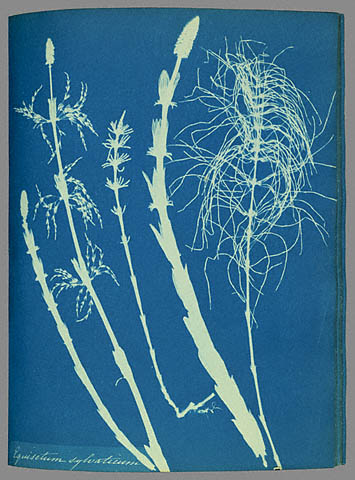Using Photoshop, I manipulated my primary source photography to alter the tones which give different moods, almost changing the context of the natural form.
Whilst these Photographs above are of the same plant, they are captured and edited in unique, innovative ways. The image on the left presents a calm atmosphere with the orange tones, hinting at a morning sunrise. The image on the right is darker and appears more mysterious. The sharp white of the plant cuts through the darkness, creating a strong image.
The image above is more simplified with its black and white tones. The plant almost imitates a 'scribble' in the air. I love the natural delicacy in all of these images which the camera has captured. The different colours emphasise a variety of moods which the viewer can interpret.
On my venture to Castle Hill, I actually found and photographed some burr plants which were initially used by George de Mestral to inspire him to create velcro. It was intriguing to see them in person as when I photographed the oddly shaped plants and edited it in Photoshop, it gave a sense of futurism. Even the background gives a sense that they are on another planet.
These images are cropped versions of the original close up dead flower which was photographed indoors. The pink is natural and unedited whilst the blue tint on the left image gives a more subtle hint of tones and a greater sense of elegance and calm.
Simply rotating an image proves to be effective as this one imitates a flame, when in fact it is a leaf. Changing the colour to reflect its new shape instantly puts the natural leaf in an entirely new context.
The edit of the left highlights the line in the image, framing the individual petals. This was created using a gradient filter in Photoshop. The photo on the right is more natural looking, it almost appears at though a bright morning sunrise is shining down onto the petals, highlighting their beauty.
I believe that editing the photographs was a success, there a some new innovative approaches to standard photography which are unique and re-contextualise some of the nature. This kind of approach could be adapted to traditional media artwork inspired by this photography.

































